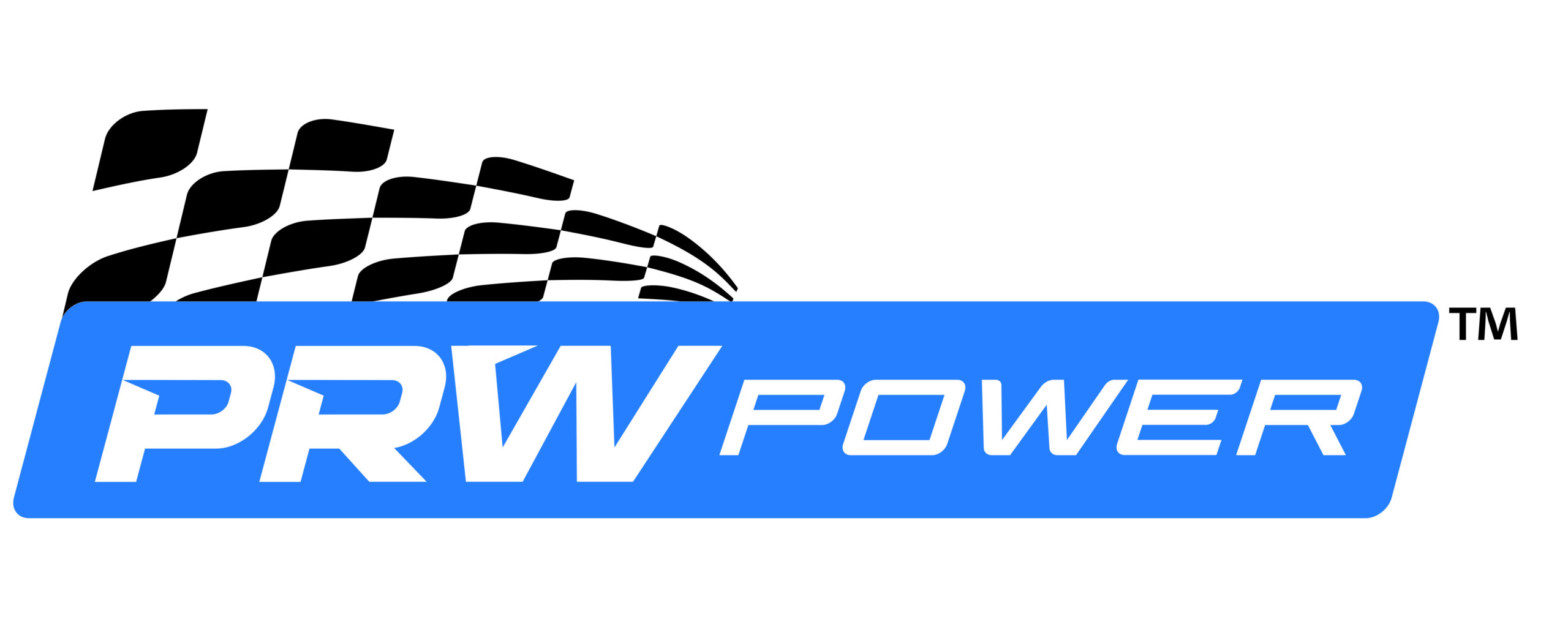![]()
The arrival of the all-new General Motors LS-series engine in the late-1990s brought with it a new learning curve for the automotive enthusiast, as well as to the automotive engine service industry.
Identical only in a few areas, including the cylinder bore spacing, to the iconic small block Chevrolet that had dominated the North American automotive landscape for nearly a half century, the LS-series platform brought new directions to the company’s power plant offerings.
The engines were built to tighter tolerances and utilized many new features designed to generate greater efficiencies – delivering greater power from less displacement. A portion of this came from the all new head design that discarded the original valve layout of the small block Chevy (middle exhaust valves next to each other) and the continuation of the reverse cooling pattern introduced on the small block LT-1 in 1992 (where cool coolant is introduced at the top of the engine); both of which improved performance efficiency.
Additionally, General Motors made changes to the valve train, including the rocker arm design. The OEM rockers went from the familiar stamped steel design to a cast steel material, which was smaller and lighter. This allowed for higher engine speeds, while reducing the moving mass in the valve train.
While these were improvements in efficiency, there are a shortcomings. The trunion assembly, around which the rocker arms pivot, became subject to failure – even in everyday usage. The trunions were made from powdered metal, and the needle bearings were “uncaptured” – meaning there was no cage to keep the bearings in place. Additionally, the rocker arms pivot across a limited arc and the uncaptured bearings which were under the greatest stress were unable to rotate to distribute the wear like a caged needle bearing assembly. Eventually, the strain would begin to push the bearing pack out of position. This would lead the bearings falling out of the rocker arm assembly, and fall into the oil on the top of the head, which would lead to bearings getting into the engine’s oiling system – sometimes with catastrophic results.
The OEM rockers on the LS-1 and LS-3 heads, while lightweight, are not exceptionally stiff, and aren’t designed for sustained high RPMs, or higher performance cams and stronger valve springs.
Overcoming shortfalls in OEM design
As the LS-series engines have aged, the OEM rockers’ weak trunion design has become a problem, as the uncaptured needle bearings escaped from the rocker arms, and got into the oil galleys. Additionally, the OEM design’s inability to allow the needle bearings to rotate around the pivot of the trunion will cause the needle bearings to wear unevenly – potentially leading to failure.
PRW Industries has developed a solution to this problem with the development of replacement trunion assemblies (p/n 1213462). They feature a new design trunion made from a high quality alloy steel, which delivers high strength and long life. The new design also features fully caged (secured) needle bearings, which are held in place by C-clips, preventing the needle bearings from pushing out of the trunion assembly. The caged bearings in the trunion allow the rocker to have a full 360° rotation, allowing the bearings to rotate around the trunion’s pivot shaft, spreading the wear more evenly.
However, the replacement trunions take time to install – a problem for a service shop which desires to reduce the time to complete needed repairs.
Again, PRW has responded with a solution. Recognizing the need for timely service turn arounds, and enthusiast convenience, the solution has been to marry its trunion repair kits with new, improved replacement rocker arms which are much stronger than the stock arms.
The new PRW PQX LS Alloy Rocker Arms feature a tough, cast steel alloy material which makes them ideal as an OEM replacement, as well as ideal for a mild street performance application. The combination of the new stronger trunions, coupled with the light weight, but stronger, stock 1.7 ratio rocker arms deliver a much longer service life. They answer the needs of automotive service centers for rocker arms which install in normal time, are affordable and have longevity for the customer.
For the performance enthusiast who wants a reasonably priced, durable rocker arm which can accept valve springs with slightly higher pressures, plus a mild street performance cam, these rockers are an ideal solution.
The PRW PQX rocker arms are available for LS1/LS2/LS6, 5.7L-6.0L engines (1997 – up) with Cathedral ports (p/n 0634617), and LS3/L92 6.0L-6.2L engines (2007 – up) with offset intake, Square Port heads (p/n 0636417). Both part numbers include 8mm, Grade 12.9 Hex Socket Fasteners in the kit.
Affordable, durable and easy to install, the PRW PQX LS Alloy Steel Drop-In Rocker Arms provide a trouble-free solution to a problem for automotive service centers and the LS enthusiast community.





